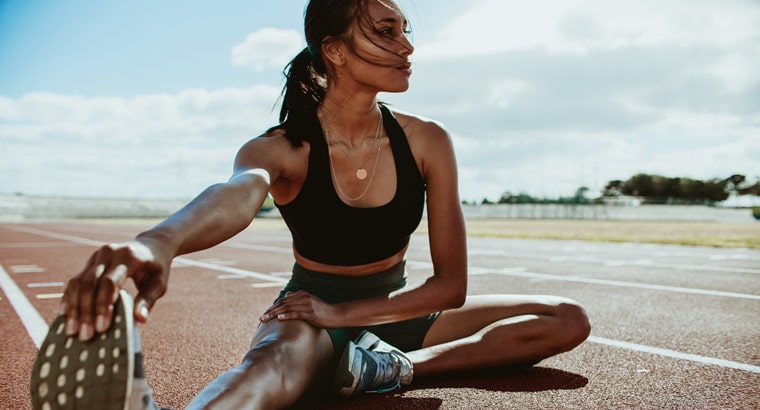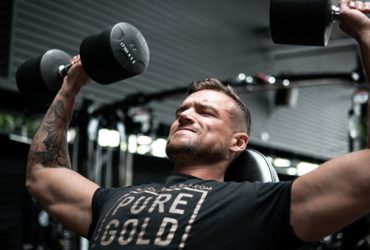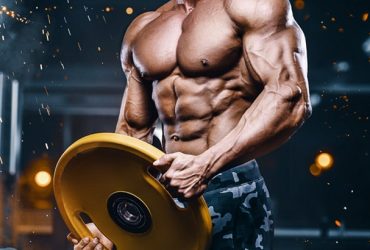Without the correct safety equipment, even a harmless game of catch may turn into a trip to the emergency room if caution is not used. By reducing the potential for injury, the right equipment allows you to concentrate on your game without being distracted by concerns about potential mishaps.
Proper equipment is not limited to physically demanding activities. Safety first, no matter what kind of sports you like. When used correctly, protective gears like those available in Thermoskin may help reduce the incidence of sports-related injuries.
What Is The Importance Of Wearing Sports Equipment?
Each sport has equipment requirements, and it is up to the national governing body for sports in each given country to establish those requirements. Any team’s or player’s coach, or the player, is responsible for following these rules and ensuring that proper safety gear is being worn.
Everyone involved must wear the appropriate safety gear, whether it’s a game, practice, or simply for pleasure. This is because both competitive and recreational gaming carries with them similar dangers. Sporting events need proper protective equipment, such as helmets, knee pads, mouth guards, etc.
Here are the primary pieces of protective gear athletes use and an explanation of their value:
Eyewear
The American Academy of Ophthalmology estimates that using protective eyewear might prevent as much as 90 percent of sports-related eye injuries. While wearing goggles or other forms of protective eyewear is not mandatory in most sports, doing so might save your eyesight and prevent injury. It shields the eyes from harm, and some models have a tint that reduces glare during outdoor sports.
Padded Protection
Protective padding, the most obvious kind of safety gear in sports, is a must for every player in a contact sport like football, hockey, or lacrosse. This protective gear includes leg, knee, elbow, chest, and wrist protection. Furthermore, it prevents injury to delicate bones, such as the wrists. This gear might be plastic, which helps absorb impact or cushioning.
Footwear
Although head protection is crucial, paying attention to your feet is also wise. When participating in a field sport, an athlete’s foot requires more stability and specialized soles such as cleats to maintain a firm grip on the grass. Ankle and foot injuries are more prevalent in sports than people realize, even though the more spectacular accidents, like a fastball to the head, get all the attention.
Mouth Guards
Some sports, particularly those involving physical contact, require the use of a mouth guard in addition to a helmet. Many contact sports, including hockey, boxing, and football, recommend using a mouth guard. In the case of a severe blow, they will prevent damage to the gums and teeth. They may also reduce the risk of accidentally biting one’s tongue during a fall.
Helmets
Due to the nature of the accident, helmets are usually brought up first when discussing the significance of protective equipment. Head injuries are a severe concern in games where the ball travels at speeds of 75 to 100 miles per hour, such as baseball. Having hit to the head by a ball moving at such speed may cause catastrophic damage, including a concussion and even skull fracture.
Common Sport Injuries
It would be good if you didn’t let having the possibility of an injury stop you from doing sports, but knowing the most common injuries can help you avoid them or at least mitigate their effects. Let’s look below at the most frequent possible sports injuries.
Additionally, it’s worth considering to shop Chattanooga electrotherapy, which offers a range of electrotherapy devices that can aid in the recovery and rehabilitation process for sports-related injuries. By incorporating electrotherapy into your treatment plan, you can potentially expedite healing and return to your favorite sports activities sooner.
Fractures
Impact and contact sports can cause bone fractures (primarily in the arms, legs, and feet), which are painful, require weeks of immobilization, and may need surgery. Most vigorous and contact sports have a fracture risk, but you may lessen it by wearing protection, warming up, exercising to maintain muscles strong and flexible, practicing proper technique, etc.
Don’t “play through the pain” since a strain or sprain may cause further complications if left untreated.
Tendonitis
Tennis elbow is a real thing. It strains the elbow ligaments from overuse and repeated action. Pacing oneself helps. Warm-up and stretch before each game.
Knee Injuries
The knee is a joint that undergoes a lot of stress and wears during sports. Therefore, we’ve given it its injury category. ACL, cartilage, dislocation, and fractures are prevalent. Warm-ups stretches, good posture, cushioning, and bracing help lower knee injury risk.
Back Pain/Injuries
Every sport stresses your back and spine. Stress may cause inflammation around the vertebrae and back muscles, causing disc damage and upper or lower back discomfort. Depending on the problem, back treatments range from rest to surgery.
Keep your back muscles strong and flexible with low-impact exercises, warm-ups, and a healthy diet to avoid back discomfort and injury.
Strains
Since we engage so many muscles and tendons when we exercise and play, strains are by far the most prevalent of all sports-related ailments. These flexible components may be ripped, damaged, and painful if forced to extend beyond their limits or move in ways they are not designed to move.
Hamstring and groin strains, as well as quadriceps strains, are the most common types of muscle injuries. The vast majority of strains are of the mild kind and may be remedied by just resting. Warming up and stretching before vigorous exercise greatly reduces the likelihood of muscle and tendon strains.
Sprains
Ligament sprains are similar to muscle pulls and strains. Connecting one bone to another is the job of a special kind of connective tissue called ligaments. Ankle sprains, kneecap sprains, wrist and elbow sprains, etc.
Painful sprains sometimes take longer to recover from than strains and may need immobilization to prevent additional damage. Proper warm-ups and stretches may prevent sprains before exercise and using correct form while playing sports. For example, if you have a history of spraining a knee or ankle, it is a good idea to support that joint with a brace while playing to prevent further injury.
Conclusion
When practicing sports, it’s important to protect yourself against injury so you can focus on having fun. Because of the high intensity and number of people involved in most sports, injuries are possible without the proper protective equipment.










